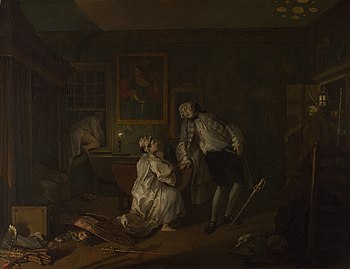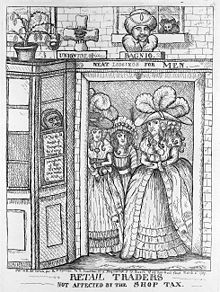Bagnio
The hostages of the Barbary pirates slept in the prisons at night, leaving during the day to work as laborers, galley slaves, or domestic servants.
In England, it was originally used to name coffeehouses that offered Turkish baths, but by 1740[4] it signified a boarding house where rooms could be hired with no questions asked, or a brothel.
[citation needed] The penal colony in French Guiana, which was not shut down until 1953, was also called a bagne, and features in the famous bestseller Papillon.
A bagnio, in reference to a brothel or boarding house, is mentioned in The Private Memoirs and Confessions of a Justified Sinner (1824) by James Hogg as the location of a quarrel between two young Edinburgh nobleman that precedes one of them being murdered and the other arrested for the crime.
In The Day of the Locust (1939) by Nathanael West, Claude Estee's wife, Alice, says "Nothing like a good bagnio to set a fellow up."

